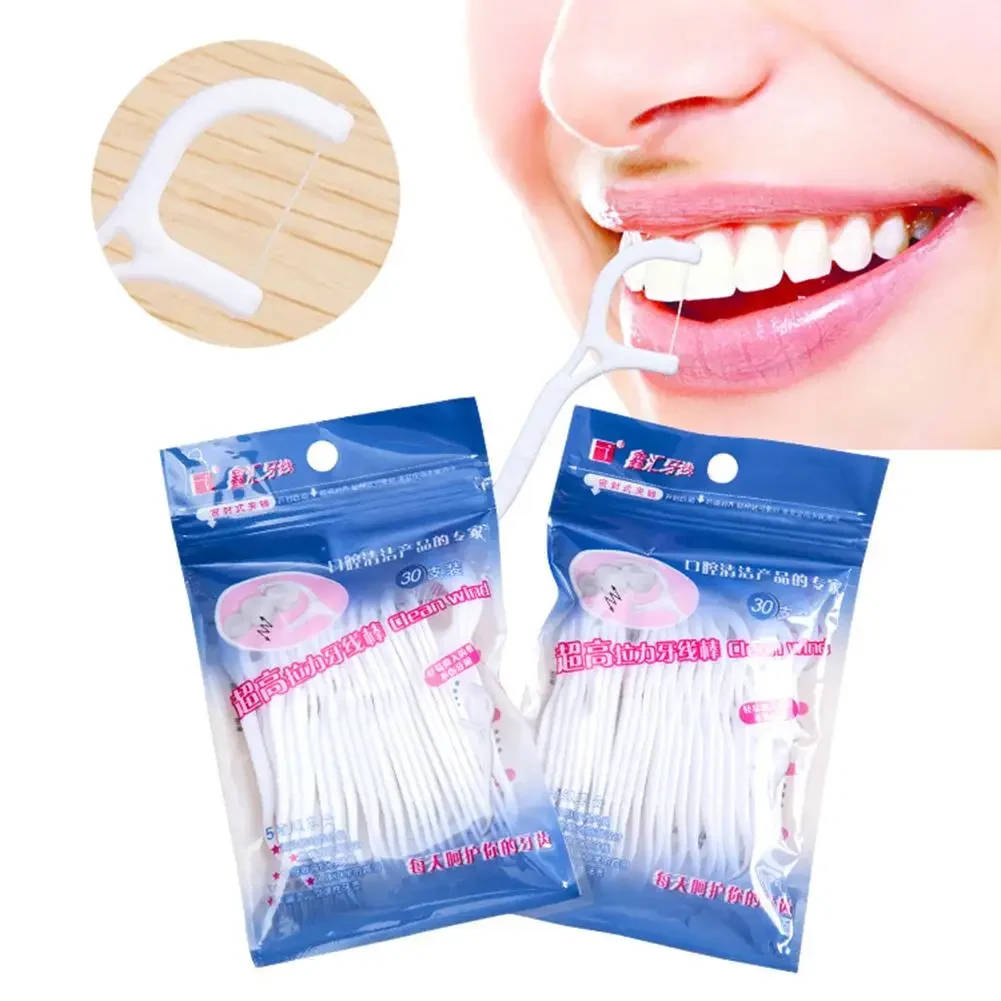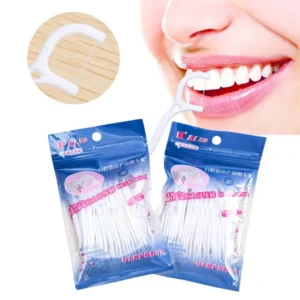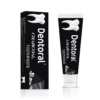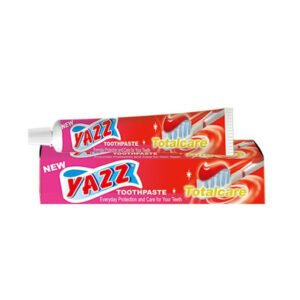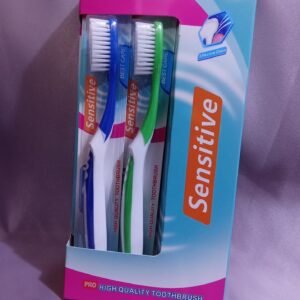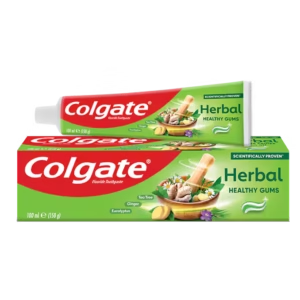Dental floss is a crucial oral hygiene tool that helps remove food particles and plaque between teeth and along the gumline, reducing the risk of cavities and gum disease.
What is Dental Floss?
Dental floss is a thin, flexible piece of string or tape, typically made of nylon or Teflon, designed to clean the tight spaces between teeth and under the gumline where a toothbrush cannot reach. Regular flossing complements brushing by targeting areas that are prone to plaque buildup and cavities.
Benefits of Using Dental Floss
Prevents cavities: By removing food debris and plaque between teeth, flossing reduces the chances of tooth decay.
Reduces gum disease: Flossing helps prevent gingivitis and periodontitis by keeping gums healthy.
Maintains fresh breath: Clearing trapped food particles that can cause odor supports better oral hygiene.
Supports overall health: Good oral hygiene has been linked to a reduced risk of systemic issues, such as heart disease and diabetes complications.
Types of Dental Floss
Nylon (multifilament) floss: Common and affordable, suitable for most people.
PTFE (monofilament) floss: Slides easily between teeth, ideal for tight spaces.
Flavored floss: Adds a pleasant taste, which can encourage consistent use.
Tape/Flat floss: Wider and flatter, useful for people with larger gaps between teeth.
Dental tape with wax: Helps prevent shredding and eases maneuvering.
How to Floss Properly
Tear off about 18 inches of floss.
Wrap most of it around your middle fingers, leaving 1–2 inches for cleaning.
Hold the floss tightly between the thumbs and index fingers.
Gently insert the floss between your teeth using a sawing motion.
Curve the floss around each tooth in a “C” shape and slide it gently beneath the gumline.
Move the floss up and down the sides of each tooth to remove plaque.
Repeat for all teeth, using a clean section of floss for each space.
Tips for Effective Flossing
Floss once daily for best results.
Be gentle to avoid injuring gums.
Consider flossing before brushing to remove plaque and allow fluoride to reach more surfaces.
For braces or dental work, consider using floss threaders or interdental brushes.

